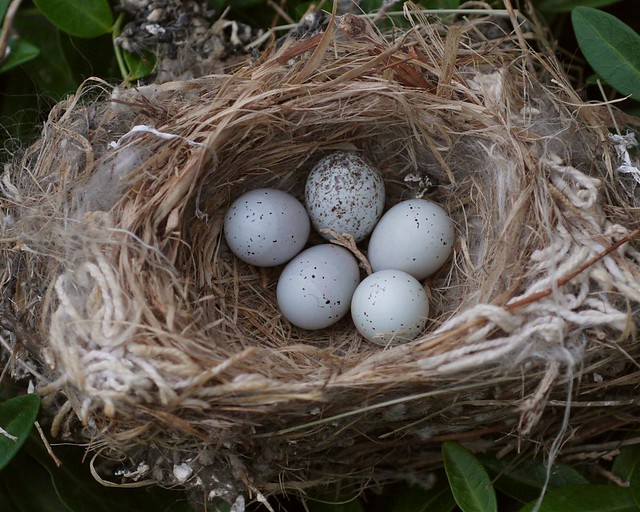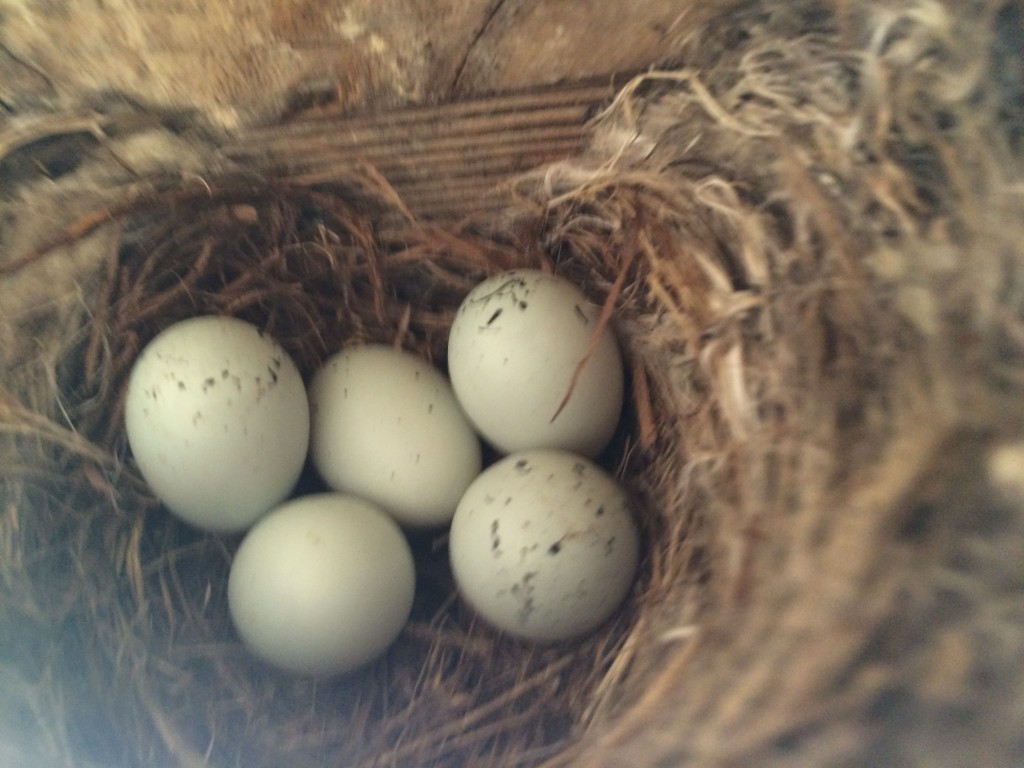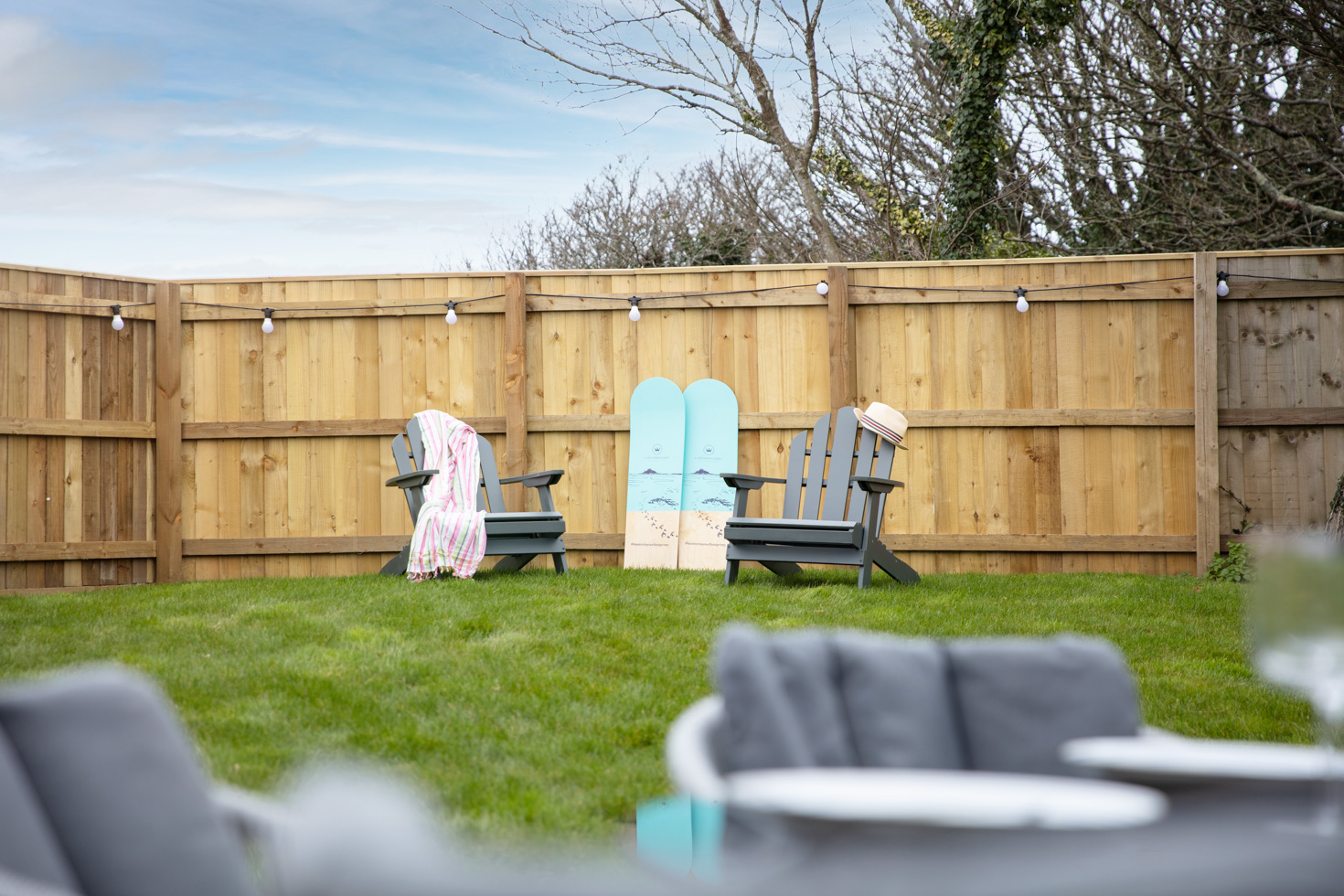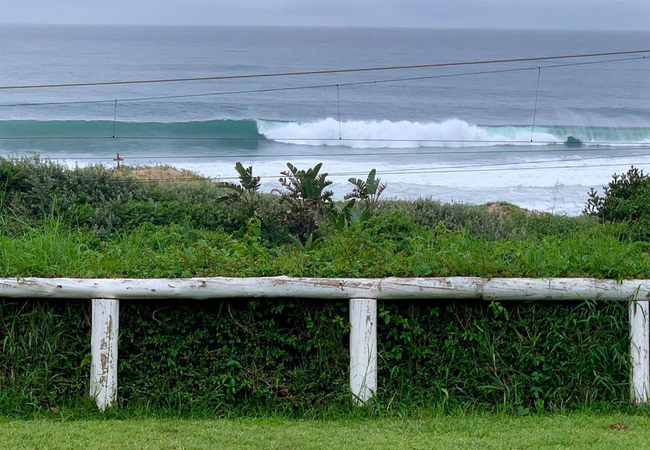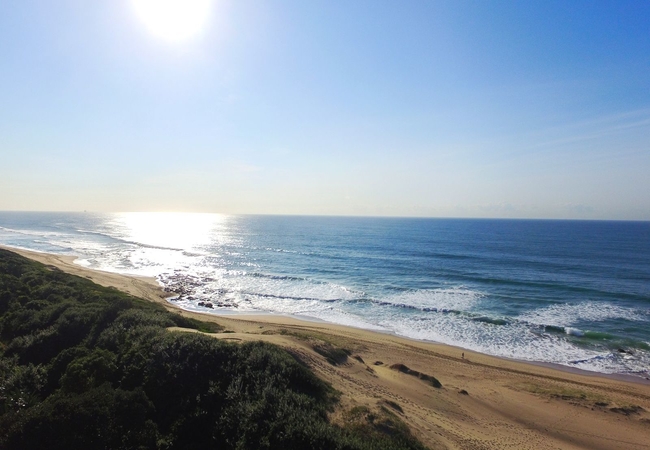Table Of Content
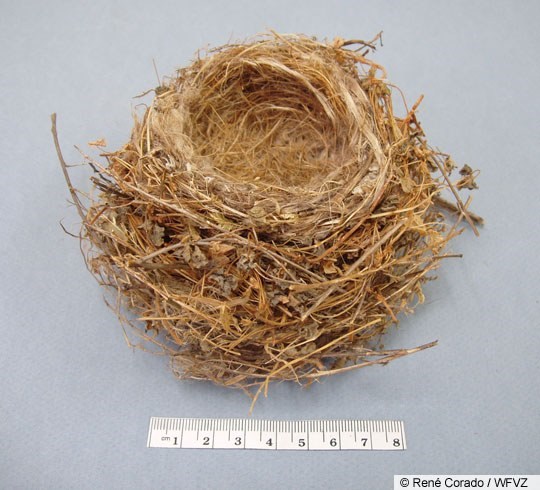
That’s 14 days full of anticipation until nature brings forth its newest creation. House Finches, particularly males, can look very different from one to another. This is largely due to differences in their diet rather than regional differences. Females/immature males are brown overall with blurry streaks down the belly. When they are strong enough to forage on their own, grown birds often travel together in large flocks.
Feeding Habits - What is the Best Seed for wild House Finches to Eat
Depending on the type of finch, the egg incubation period can last anywhere from twelve to fourteen days. From hatching to migration, there are a wide variety of activities throughout their lifetime. When baby finches are born, they start out learning to feed and fly from their parents. House Finches are resident or short-distance migratory birds. Birds from the West usually fly in the lower regions for winter, while those in the East and Great Lakes sometimes travel long distances going south. Instead, they are grayish-brown in color, their faces are plain, and underparts are white with brown streaks.
Where does the house finch migrate?
The size and coloring of House Finch eggs are very similar to the eggs of the House Sparrow. House Finches are wary of predators, so finding the perfect hiding spot high off the ground is vital for the survival of their nestlings. Sometimes, House Finches even use abandoned nests for their bird eggs.
What age do finches lay eggs?
Blocking nest sites with bird netting wreaths or hanging plants will discourage the birds from nesting. The breeding season of the House Finch occurs from March to August. A pair of house finches may lay up to six clutches of eggs in one breeding season. Female House Finches construct nests using grasses leaves and roots found around their breeding territory. These nests are typically built five to 10 feet off the ground. Young leave the nest after a period of twelve to seventeen days.
Finches: Mating Habits, Nesting & Eggs

Fill your backyard feeders with small, black oil sunflower seed. If House Finches discover your feeders, they might bring flocks of 50 or more birds with them. Find out more about what this bird likes to eat and what feeder is best by using the Project FeederWatch Common Feeder Birds bird list. As stated previously, House Finches love the visit bird feeders where they’ll eat milo, black oil sunflower seeds, and millet. This interesting behavior can be found in some species of finches, sparrows, and other birds that collect nest material like grasses, twigs, and bark pieces. Scientists believe the broken eggshells are used to line the nest floor to keep it warm and also potentially to hide any new eggs’ scent from potential predators.
Do house finches nest in birdhouses?
Backyard Bird Identification Sparrows and Finches - Surfbirds News
Backyard Bird Identification Sparrows and Finches.
Posted: Mon, 27 Mar 2017 17:31:52 GMT [source]
They will travel a great distance during the day and stop to feed and rest during the nighttime. Male House Finches usually have a streak of brown on their underbellies. The red on the male House Finch is much brighter and more noticeable. Ultimately, this demonstrates how nature is incredibly efficient at creating changes in even small populations to help them survive their habitat challenges. The population of House Finches experienced a significant decline around 1994 because of a terrible disease.
Humans tried to test this in the 1980’s and it ended up spreading this species across the eastern United States! In fact, in most places it is illegal to own one as a pet. This little bird is highly adaptable and often lives in areas that other birds avoid. They inhabit grasslands, open forests, deserts, and the edges of rivers and ponds, but they also live in more urban areas.
Nest Placement
By providing the right type of feeder, offering their favorite seeds, and creating a welcoming environment, you... Once the location is selected and the nest is built, it’s time to lay eggs for the first time of the season. Female House Finches lay eggs early in the spring, typically in March. House finches make nests in a range of places, including woodpecker holes, hanging plants, door wreaths, and sometimes birdhouses.
There are a number of reasons why house finches migrate including wintering and nesting in birdhouses. This article will explain the reasons for house finch migration and the importance of knowing when these birds migrate. In addition we’ll tell you how to attract them to your birdhouse. Flocks of House Finches are common at bird feeders during the non-breeding season. Some flocks may stay together through the breeding season as well, and birds will use bird feeders year round. They often forage on the ground, but also perch on weeds, shrubs, or trees.
Finches begin to lay eggs when they reach adulthood, which is generally between 8-10 months old. Depending on the species of finch, they can lay anywhere from 2-6 eggs in each clutch. Since finches are short-lived species, they generally reproduce often – sometimes having multiple broods a year.
In the first few weeks after hatching the baby finches return to their nest to feed their eggs. There are many questions you might have about house finches and where they like to nest. The female of this species usually nests in a sheltered spot like a porch light fixture hanging plant or tree. Their nests usually look like open cups and they have two to six blue-white eggs. These eggs hatch after twelve to sixteen days and the chicks will fledge in eleven to nineteen days. These birds are widely distributed throughout their range.
House finch nests are cup-shaped, containing a mix of plant matter and synthetic materials. On average, nests are constructed with grass stems, leaves, rootlets, thin twigs, other fine plant material, feathers, string, and wool. Many of their nest sites are in human-made structures or near areas with human activity.
Male House Finches sing a long, jumbled warbling composed of short notes. The song often ends with an upward or downward slur, and lasts about 3 seconds. Females sometimes give a shorter, simpler version of the song. Compared with Cassin’s and Purple finches, House Finch songs sound slower, rougher, and somewhat less fluid. The final slurred note is more often heard in House Finches than in the other two species. Their flight all is a soft husky “fidlip” or “vweet” (Sibley).
Everything to know about the House Finch - Standard-Times
Everything to know about the House Finch.
Posted: Sun, 03 Dec 2023 08:00:00 GMT [source]
Adult males are rosy red around the face and upper breast, with a streaky brown back, belly, and tail. The typical clutch size for house finch eggs is between two to six eggs, with four being the average. The eggs of these songbirds are very small and measure to be .6-.8 inches in diameter. The nest of a House Finch is a shallow cup shape to house their very small finch eggs and nestlings.
They select all kinds of nesting sites and can nest in man-made objects corresponding to window ledges and holes in buildings. Ivy rising on buildings or bushes creates many nesting websites. Before flying, the younger usually climb into adjoining plants and normally fledge at about 11 to 19 days after hatching.
Incubation is done by the female and the eggs will hatch in 12 to 14 days. While adult females look similar to sparrows, there is no such thing as a Red Headed Sparrow or Red Headed Wren. He is about 5 1/2 inches long from beak tip to end of tail, with red on the head, upper breast, and flanks.


